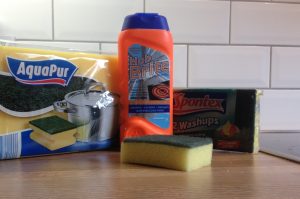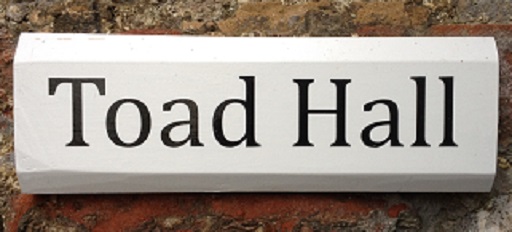Wood Burning Stove
If you’re familiar with the workings of a wood burner then you wont need much, if any, help. All we ask is that when you’ve finished using it, can you please leave it clean and tidy ready to be enjoyed by the next guests? Cleaning information can be found at the bottom of this page.
The housekeepers should have left you some logs in the log-basket to get you started and there should be some kindling and firelighters in the wooden box under the TV table. Once you’ve exhausted what’s in the log-basket, if you want / need more logs or kindling these can usually be purchased from either Crab Apple (the greengrocers on the corner of the market square and Queens St) or from the Co-Op.
If you are new to wood burners then you might find the following useful:
- Important information. Above and below the glass in the door to the stove there are two metal levers, these control the airflow into the stove and are really important in its successful operation. When the levers are to the right they are open allowing more air into the stove. This will make the wood burn more fiercely and the stove will get hotter as a consequence. Conversely when these levers are to the left, the airflow is restricted so the burn will be less fierce, meaning the stove wont get so hot and your wood should last longer. (Please note that the bottom lever can be locked or released by turning / twisting it (clockwise to lock, anti-clockwise to release).
- To light the fire. First make sure both air vents are in the open position (to the right) and place a firelighter and half a dozen pieces of kindling in the center of the stove. Light your firelighter and balance a log (maybe two if they’re small) on top of your kindling and close the door to the stove. Once the fire is established and your first log is burning well, you can close one or even both of the air vents. To minimise the build up of soot on the glass door it is recommended that you always close the top vent first (i.e. lever fully to the left). If the fire is well established you may want to close the bottom vent too, either halfway or fully, depending upon how the fire is burning.
- Normal operation. Once the fire is burning well, you should only need to burn one log at a time (or maybe two if they are small) and you should be able to do this with both vents closed. This should mean your log(s) is burning with a small, gently, flickering flame. This will mean the room does not get too hot and your wood lasts longer. When your current log has burnt down to a pile of glowing embers, you may want to add another log. Once you have placed the new log in the stove and closed the door in order to help the new log catch fire we recommend that you open the bottom air vent for a few minutes. Then once the new log has caught fire you should be able to close the vent fully again and this log should burn gently with a flickering flame.
- Safety.
- Fire Guard. If you are worried about small children or your dog touching the hot stove there is a fireguard in the property. This should either be in the sitting room close to the stove. But if not and someone has moved it, it will probably be behind the door between the sitting room and the kitchen. Best of all if your children are too young to understand “hot” or are just plain mischievous then we recommend you don’t leave them unattended whilst the fire is burning.
- Carbon monoxide. In the unlikely event that there is a build up of carbon monoxide in the room and alarm should sound. There is a carbon monoxide alarm to the left hand side of the chimney breast, close to the ceiling. If this alarm goes off you should open the windows in the sitting room and vacate the building immediately for a period of 15 minutes. If after this time the alarm continues you should not re-enter the property but call the fire brigade.
- Cleaning.

- Normal Daily Cleaning – The stove should not require much if any cleaning on a daily basis. Unless the ash tray (situated under the fire grate) is very full, it is recommended you leave some ash in it as the residual heat from your last fire will help your next one. However, we do recommend that you wipe clean the glass in the door, for two reasons: firstly the greater the build up of soot the more elbow grease you will need when you do come to clean it. Secondly, if the glass in clean you can see and enjoy the sight of the flickering flames all the more. When cleaning the glass, please be careful not to used anything which will scratch the glass. We recommend using something such as the non abrasive sponge scourers pictured opposite, which normally work fine with a bit of washing up liquid and hot water. If you feel the need for more “product,” then something like ceramic hob cleaner (pictured) might help.
- Cleaning at the end of your stay – Please empty the ash tray at the bottom of the stove before you vacate the property, clean the glass and sweep up any spilt ash ready for the next guests. Ash should be put into the small galvanized dustbin by the front door.
